The first and, it seems, the last flight of Super Strypi
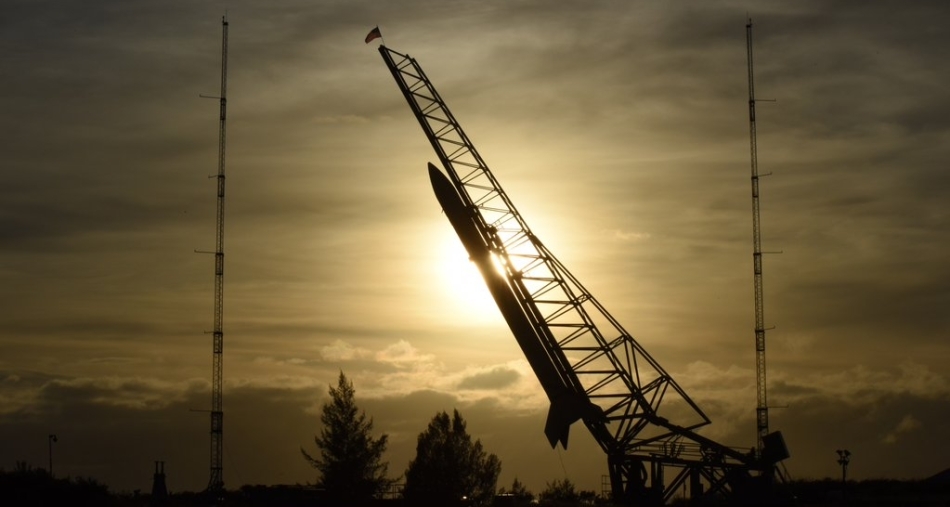
2015 was not lucky with the announced first launches of missiles. At the beginning of the year, they talked about the first launch of the Falcon Heavy, but it moved to 2016. The first launch of the Super Strypi ultra light rocket, also known as SPARK, was also planned. Alas, the start on November 3 ended in failure. According to the incoming news, it seems that the project will be closed. Sorry, from an engineering point of view, the project promised to be interesting.
History and construction
Formally, the Super Strypi project traces its history to the Strypi geophysical rocket, specially developed for nuclear testing. In 1962, with the help of Strypi, it was raised to an altitude of 147 km and the hydrogen charge was successfully detonated. But in 1963, the countries agreed not to test nuclear weapons above the ground, and the main purpose rocket was no longer needed. But she found a more peaceful application, she began to be used for scientific tasks and testing of thermal protection systems. About thirty Strypi missiles were launched, the last one launched in 1997. The name Super Strypi appeared in 1999 when, on the basis of a geophysical rocket, it was proposed to make an ultra-light launch vehicle. The design has changed over the years, and if in the original version it was planned to use ready-made solid fuel engines Castor, Antares, Star-47 and Recruit, and three stages with side accelerators, then for the final design developed new engines LEO-46, LEO-7 and LEO- 1 (the number in the name of the engine means the approximate weight of the engine in thousands of pounds), and side accelerators were removed.

')
Final layout:
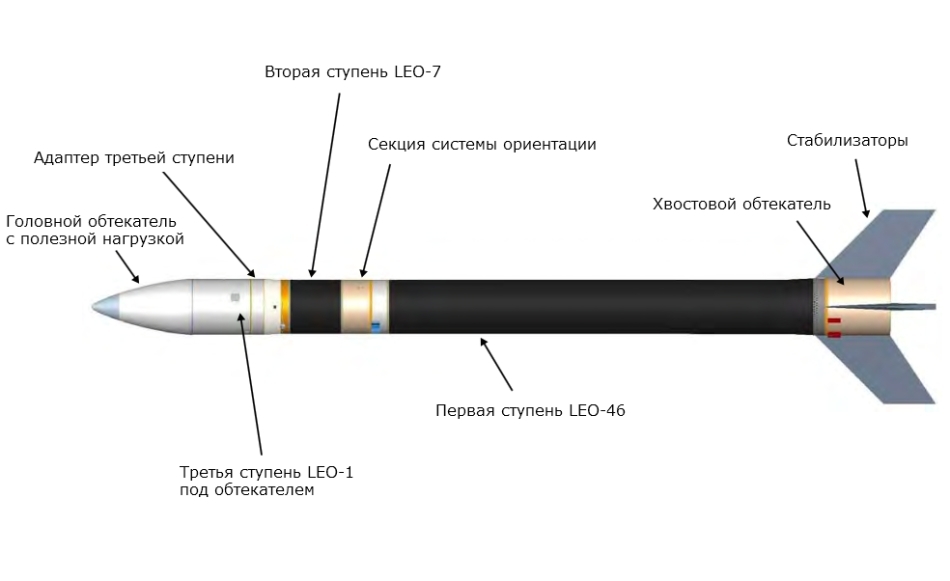
All three stages use ammonium nitrate based fuel. In the first stage, 20.5 tons of fuel, in the second - 3.2 tons, in the third - 650 kg. The launch mass of the entire rocket is 28.2 tons, length - 17 meters.
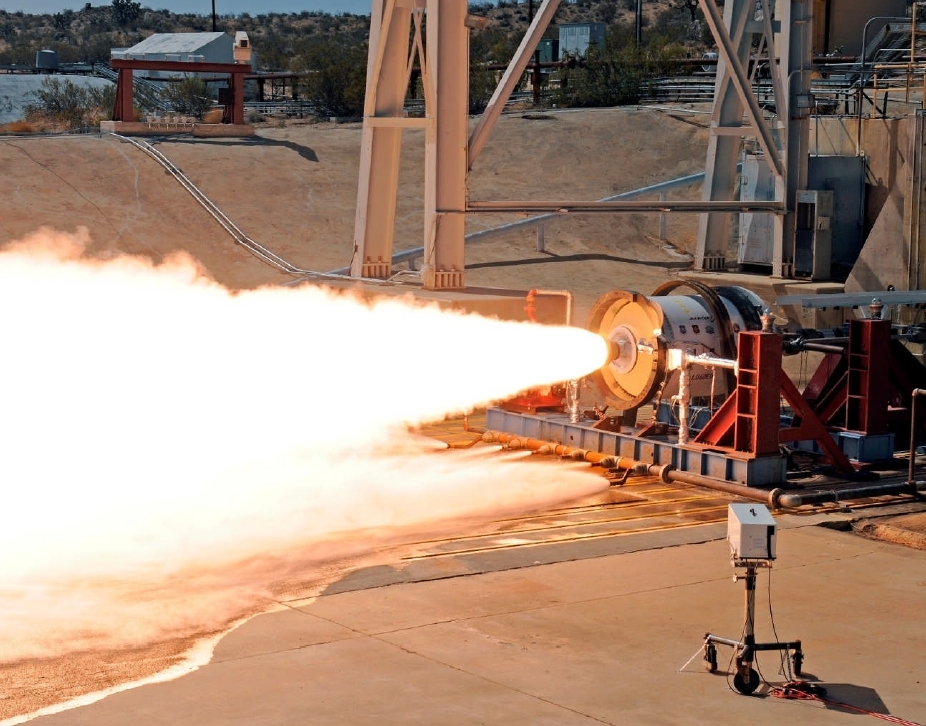
Tests of the second stage, 2012
The launch vehicle was positioned as a budget. For $ 10-12 million, it was planned to be able to launch one or two small satellites and one or two cube dispensers with a total mass of up to 300 kg:

In addition, the possibility of "quick launch" was declared, when, if necessary, the rocket could launch in less than a week. The project was developed with the participation of the University of Hawaii and the US Department of Defense, and the ability to launch quickly was valuable for the military. Civilian customers wanted to attract low prices for cubes and the ability to launch a swarm of satellites for scientific research. It was also expected that this project would give Hawaii an economic boost and attract highly skilled labor there.
The budget of the rocket led to interesting technical solutions. First of all, the rocket was launched from an inclined launcher, the first stage was uncontrollable, and the rocket stabilized by rotation.
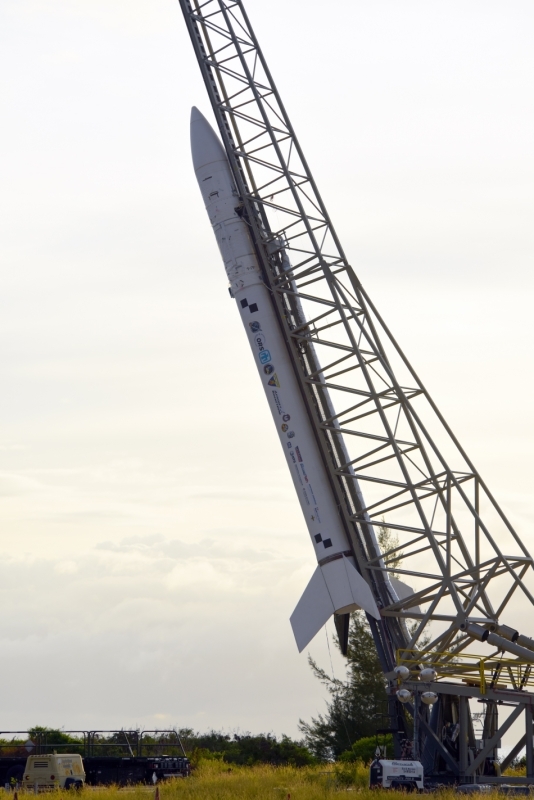
After the completion of the first stage, the rotation was inhibited from 2.5 to one revolution per second, and the second stage was activated. After its burnout, the gas engine control system established the correct position for going into orbit and was separated along with the second stage. The third stage was switched on, “remembering” the correct vector by rotation and completed the output of the payload to orbit.
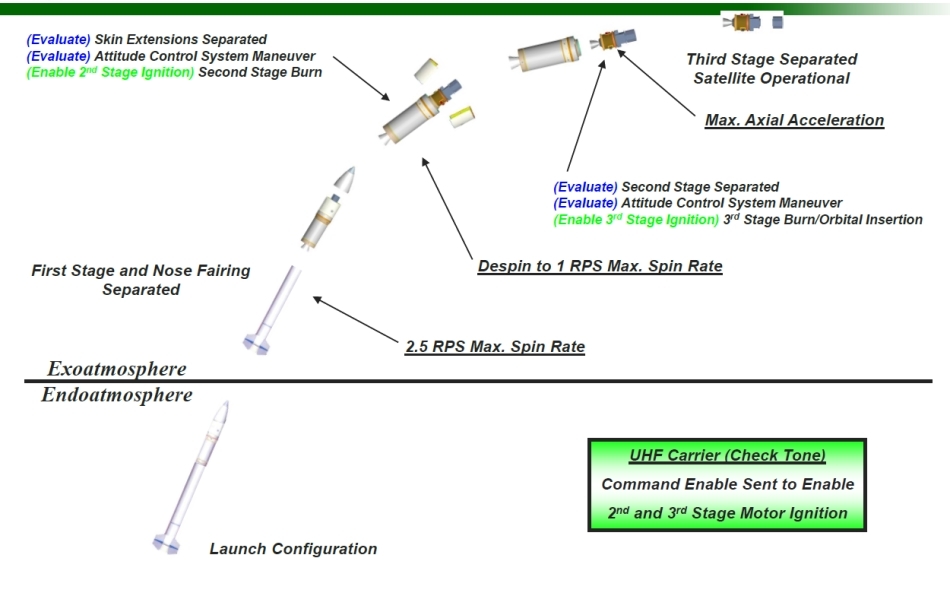
In general, the flight sequence is very similar to the first Japanese launch vehicle Lambda-4S. The lack of a control system in the first and second stages of work should have made the rocket simpler and cheaper.
Start November 3
The first launch of the rocket was originally planned for 2013. But, as is usually the case, the deadlines moved to the right, and, as a result, the first launch took place on November 3, 2015. The payload was a multispectral satellite of the University of Hawaii HiakaSat weighing 55 kg and twelve cubic meters.
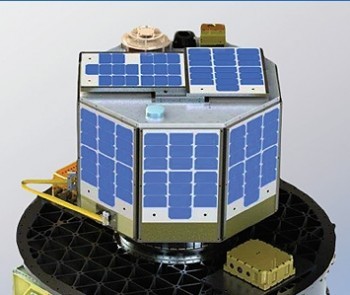
HiakaSat
Eight Cubsat compiled the NASA ESDN project, which studies the possibility of distributing scientific tasks in a swarm of small satellites.
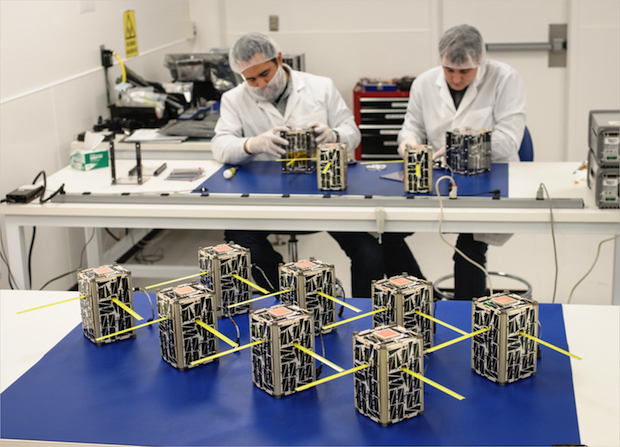
Kubsat esdn
The launch took place in the evening local time, a broadcast recording is available:
It clearly shows that from about the fiftieth second the rocket began to experience precession. And after the sixtieth second, the picture from the board was closed with animation of the rocket position by telemetry. If the data is real, then the rocket at the fifty-eighth second of the flight began to tumble, most likely having collapsed. The broadcast was interrupted, and, after about an hour, they reported an unsuccessful launch. There is an amateur video from the ground, and there are people who claim that they can see on it the moment of rocket destruction (I don’t belong to them):
The official cause of the accident will be announced after the end of the investigation. According to the available data, it can be assumed that the precession is caused by the lateral component of thrust from partial destruction of the nozzle, gas breakthrough through the body, or abnormal operation of the control system, which at this stage should have been inactive. The version of the gas breakthrough through the hull is indirectly confirmed by the fact that even before the launch, a structural defect of the first stage was known, which increased the likelihood of this type of accident. Nevertheless, the designers considered the risk acceptable and decided to launch a rocket. Of the lost satellites, only the ESDN project cost NASA $ 13.6 million.
Even before the accident, on October 22, representatives of the US Air Force announced that no new missions of the launch vehicle, for which they had spent $ 45 million since 2007, are not planned. If the project does not have new investors, the first unsuccessful launch of Super Strypi will be the last.
The road to space has not become easier. Yes, now we know the cosmic conditions, and many solutions are already known and tested. But now the economy is pressing down on the designers. It is necessary, as in other industries, to solve the triangle "quickly-cheap-qualitatively", and not every project succeeds.
Related materials on the "space accidents" tag.
Source: https://habr.com/ru/post/368903/
All Articles